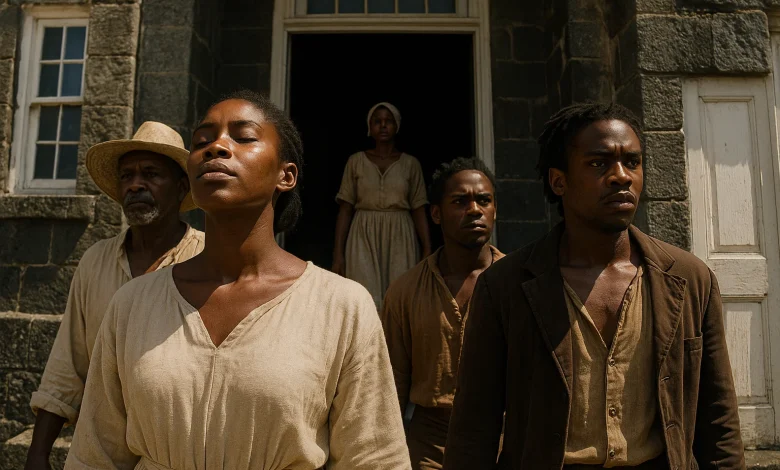Slavery Abolition Act 1833 in Dominica

The Slavery Abolition Act of 1833 ended legal slavery across most of the British Empire and set the timeline that Dominica followed: reclassification to apprenticeship on 1 August 1834 and full civil freedom on 1 August 1838. The shift was immediate on the island’s estates, courts, and legislature, where, by late 1838, Dominica stood out for having a chamber controlled by Black representatives.
Background of the Act and How Dominica Applied it
British policy first outlawed the transatlantic slave trade in 1807. Abolitionists then pressed for emancipation, culminating in the British Parliament’s 1833 Act, which took effect the following year. The law created a transitional apprenticeship scheme rather than instant, unconditional freedom; that scheme was cut short in 1838 across the British West Indies.
- Apprenticeship: On 1 August 1834, enslaved people in Dominica were redesignated as apprentices. The regime distinguished praedial (field) from non-praedial (domestic or skilled) labor, with fixed hours owed to former owners. Contemporary and later syntheses describe the system as coercive; it ended on 1 August 1838.
- Special magistrates: To administer the new rules, Britain appointed stipendiary or special magistrates, typically retired army or naval officers, to hear disputes over time, passes, wages, and mobility. The post was meant to reduce planter influence over local justice during the transition. Debates and studies of the office help explain its role and limits.
- Compensation to owners: The Act authorised £20 million, financed by British taxpayers, to compensate slave owners. That compensation, and the ownership networks behind it, can be tracked today in the Legacies of British Slavery database.
Dominica in 1834-1838
Estate labour and daily life: Accounts of emancipation in the British West Indies describe an immediate labour shock when apprenticeship ended on 1 August 1838. Many newly free people left estates or renegotiated terms, and managers struggled to preserve previous work patterns. Dominica followed this regional pattern as wage work, garden production, and movement between districts were recalibrated in the early weeks of August.
Courts and administration: With special magistrates on the island and local tribunals adapting after 1838, disputes that could not have been heard under slavery became routine: wages owed, trespass on provision grounds, and boundary questions for smallholdings. The magistracy sits at the centre of how the Act is translated into practice.
Politics: The end of apprenticeship coincided with a striking constitutional outcome. By late 1838, Dominica became the only British Caribbean colony in the nineteenth century with a legislature controlled by Black representatives, many of them smallholders and merchants. This is repeatedly noted in historical overviews and official country summaries.
Compensation and named estates
Dominica’s link to metropolitan finance is visible in compensation records. For example, Melville Hall Estate is referenced through a claim by William Greig (also noted in sources as Greg/Greig), who was connected to enslaved people placed on the property; entries like this directly tie the Act’s compensation schedule to island estates and British beneficiaries.
Key dates for Dominica
- 28 August 1833: Royal assent to the Slavery Abolition Act.
- 1 August 1834: Act takes effect; enslaved people in Dominica are redesignated as apprentices.
- 1 August 1838: Apprenticeship terminated; full civil freedom begins.
- Late 1838: Black-controlled legislature sits in Dominica.
Long-term effects on the island
The Act’s framework, apprenticeship, special magistrates, and compensation, set the conditions for a rapid reordering of work and representation. After 1838, Dominicans increasingly combined smallholder production with wage labor and limited migration, while parish and mission networks widened literacy and record-keeping. Dominican historians emphasize how post-emancipation settlement patterns and market life grew from this legal turning point.




